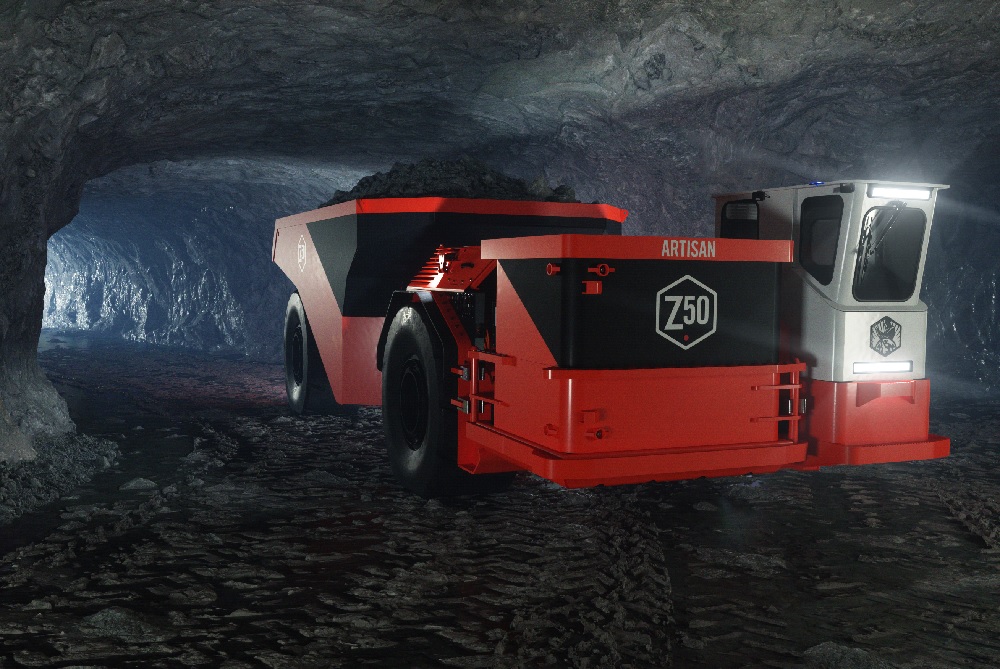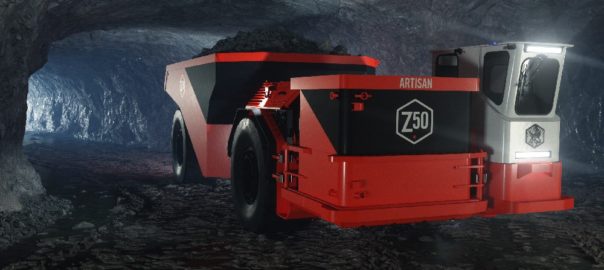Epiroc says the world’s first Batteries as a Service (BaaS) agreement has been finalised in Canada, with Vale and the mining OEM partnering on this new approach for utilising battery technology in mining operations.
Along with the BaaS agreement, Epiroc will be providing Vale with 10 battery-electric vehicles for two Canadian mine sites. These machines will include four Scooptram ST14 loaders, two Boomer M2C drill rigs, two Boltec MC bolting rigs and two Minetruck MT42 trucks. The miner will also acquire three of Epiroc’s charging cabinets and seven charging posts for equipment support, the company said.
Vale has previously said it hopes to have upward of 20 battery-powered vehicles operating within its North Atlantic operations (Creighton, Coleman, Copper Cliff, Garson and Thompson mines) by the end of 2020.
As mining companies continue to strive for sustainable productivity and zero emissions, the fast evolution and development of different options within the field of battery technology can be extremely challenging, Epiroc says.
With BaaS, Epiroc works directly with the customer to define a battery plan that suits the needs of their operation. The lifespan is guaranteed and the battery status is carefully monitored to ensure predictive maintenance with reduced downtime, according to the company. If a customer wants to increase or decrease their capacity, they can adjust their plan and the service will be tailored to meet their requirements.
As part of an ongoing sustainability commitment, Epiroc will remove old batteries from site and replace them with new batteries. These older batteries are then used for secondary applications and will be recycled at the end of the process, the company says.
The delivery of the battery equipment to both sites will occur over the course of 2020 and into the March quarter of 2021, according to Epiroc.
“A key component to the success of this offering is the flexibility it allows our customers,” Shawn Samuels, Product Manager Rocvolt, Epiroc Canada, said. “We take ownership of the battery itself and automatically replace and update the units as needed, which means the mine site can breathe easier and continue to focus on heightened production.”
Jason Smith, General Manager Epiroc Canada, said: “We value and look forward to continuing our successful partnership with Vale as we move towards a zero emissions future in mining together. We both recognise the positive impact a successful battery service implementation can have on operations, so our mutual confidence in one another is well placed.”







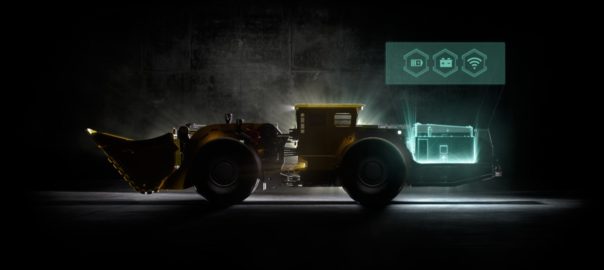
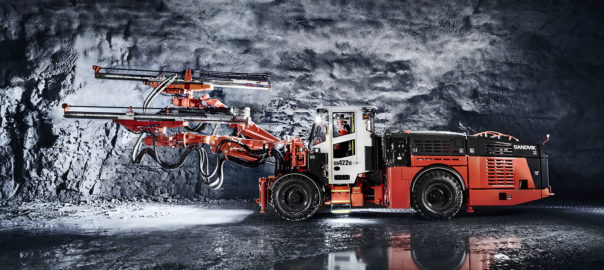
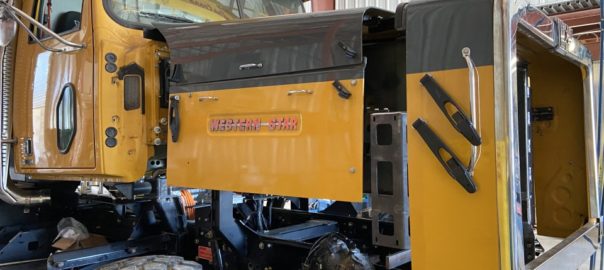


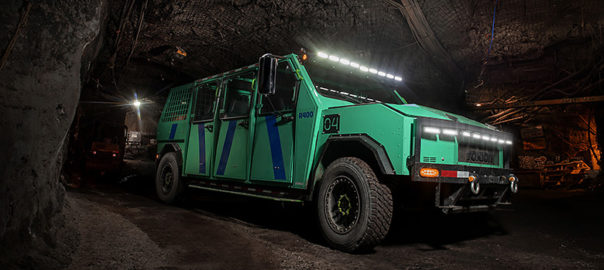
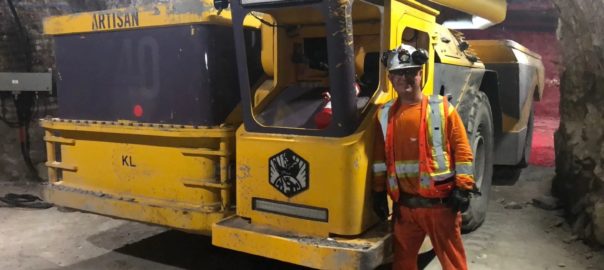
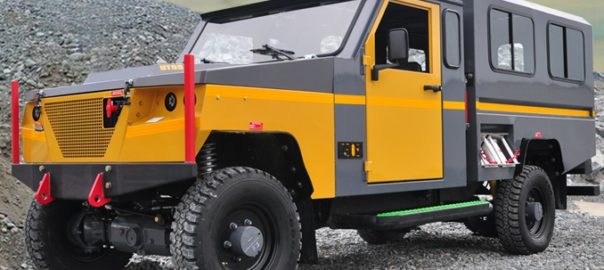

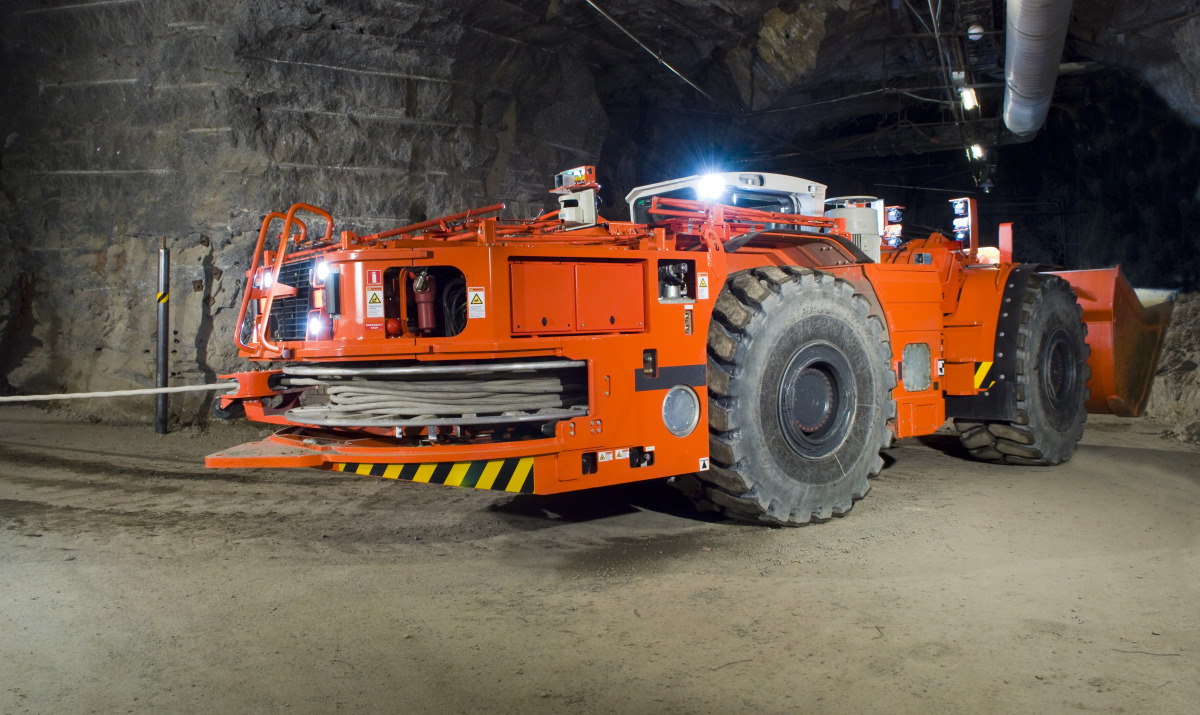 IM: How widespread would you say interest is for mine electrification? You’re currently speaking to me from Cape Town, South Africa (at Mining Indaba), would you say it is penetrating that continent, as well as North America, Australia and Europe?
IM: How widespread would you say interest is for mine electrification? You’re currently speaking to me from Cape Town, South Africa (at Mining Indaba), would you say it is penetrating that continent, as well as North America, Australia and Europe?